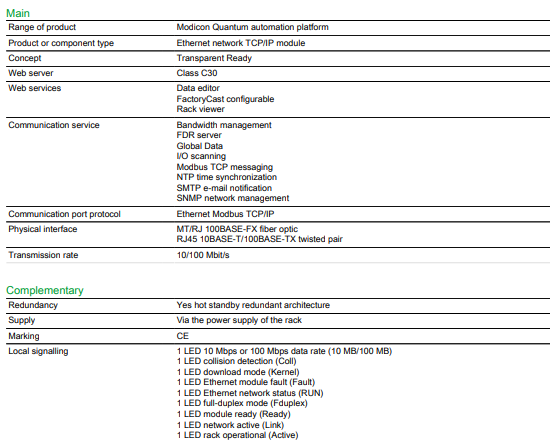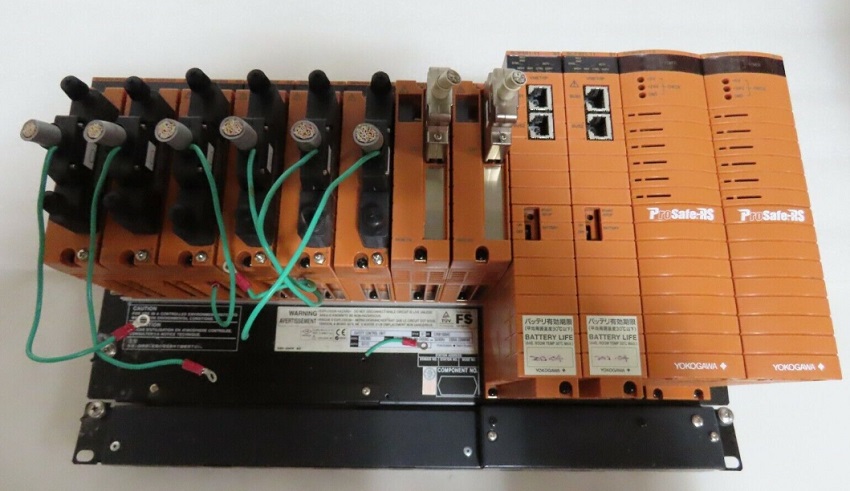Are you in search of a reliable and high-performance processor module for your industrial automation needs? Look no further as ABB brings you the PM564-RP-ETH 1SAP121000R0071, a cutting-edge solution that is sure to surpass your expectations. In this article, we will delve into the features and benefits of this remarkable processor module.
What is the PM564-RP-ETH?
The PM564-RP-ETH 1SAP121000R0071 is a versatile and powerful processor module manufactured by ABB, a globally renowned leader in industrial technology solutions. Designed for demanding applications, this module serves as the central processing unit for control and monitoring systems, ensuring seamless operation and optimal efficiency.
Key Features and Specifications
Robust Performance: The PM564-RP-ETH is equipped with a high-speed processor that delivers exceptional performance, enabling fast and accurate data processing even in complex industrial scenarios.
Ethernet Connectivity: With built-in Ethernet capabilities, this processor module allows for seamless integration into industrial networks, fostering enhanced communication and data exchange among various devices and systems.
Flexible Configuration: The PM564-RP-ETH offers flexible I/O and communication options, allowing you to easily adapt the module to suit your specific automation requirements. Whether it’s digital inputs, analog outputs, or serial communication interfaces, this module has you covered.
Durable Design: This processor module is built to withstand harsh industrial environments, with a rugged construction that ensures reliable operation even in demanding conditions. It is resistant to vibrations, temperature fluctuations, and electromagnetic interference, guaranteeing long-lasting performance.
User-Friendly Programming: The PM564-RP-ETH supports a range of programming languages, including the widely-used IEC 61131-3, making it accessible to both seasoned programmers and newcomers to industrial automation.
Comprehensive Diagnostics: Advanced diagnostic tools and features are included with the PM564-RP-ETH, allowing for efficient troubleshooting and maintenance. This ensures minimal downtime and maximizes productivity.
Applications and Benefits
The PM564-RP-ETH processor module finds its applications in various industries, such as manufacturing, energy, transportation, and more. Its reliability and efficiency make it an ideal choice for controlling diverse processes and systems, including production lines, machinery, and infrastructure.
The benefits of adopting the PM564-RP-ETH module in your automation setup are immense. Improved productivity, increased operational efficiency, and reduced downtime are just a few advantages that can be achieved by harnessing the power of this cutting-edge processor module from ABB.
In Conclusion
The introduction of the ABB PM564-RP-ETH 1SAP121000R0071 processor module brings forth a heightened level of performance and reliability to the realm of industrial automation. With its robust features, flexible configuration, and user-friendly programming, this processor module stands out as a top choice for seamless integration and optimal control. Embrace the power of the PM564-RP-ETH and elevate your automation system to new heights.




